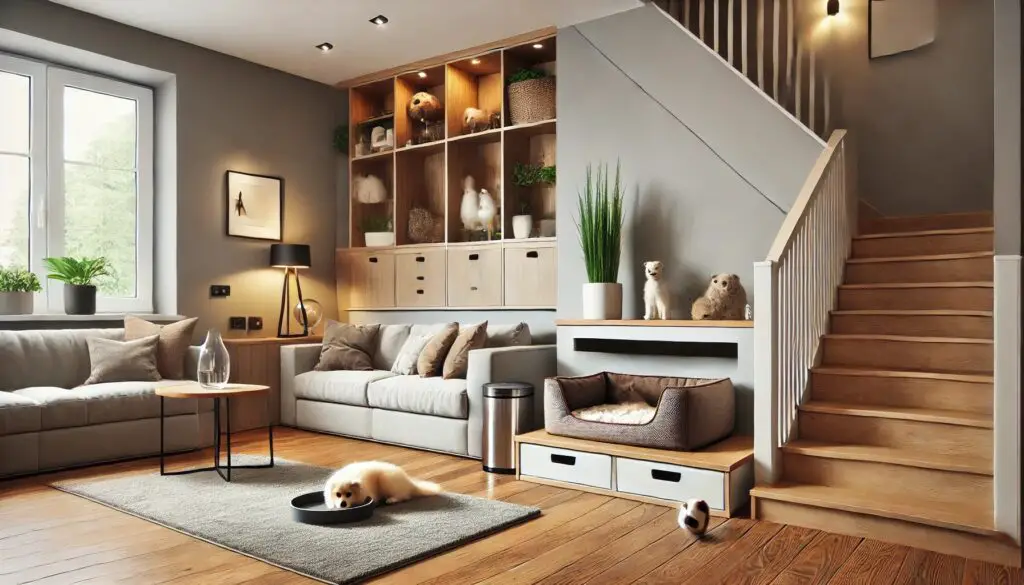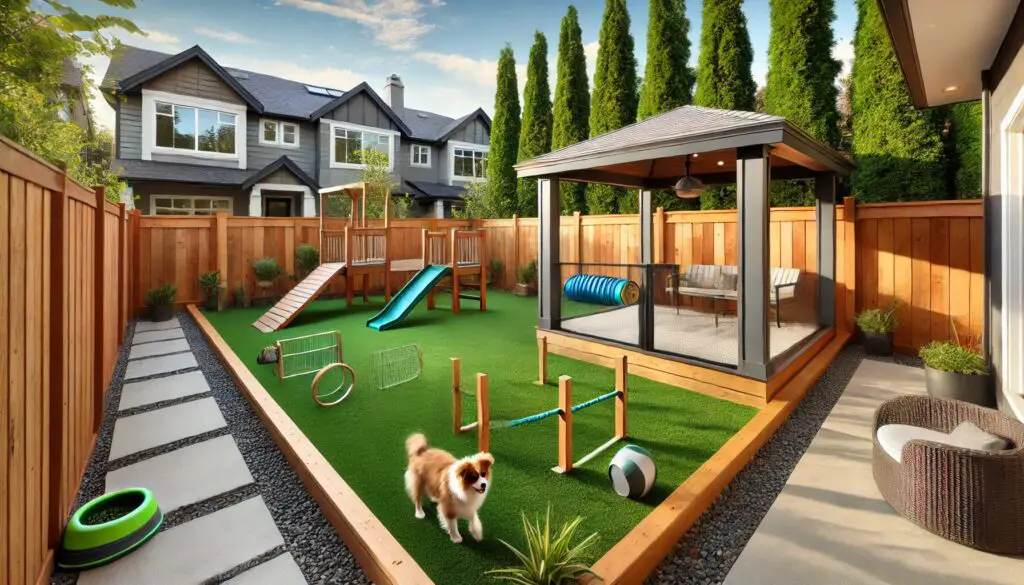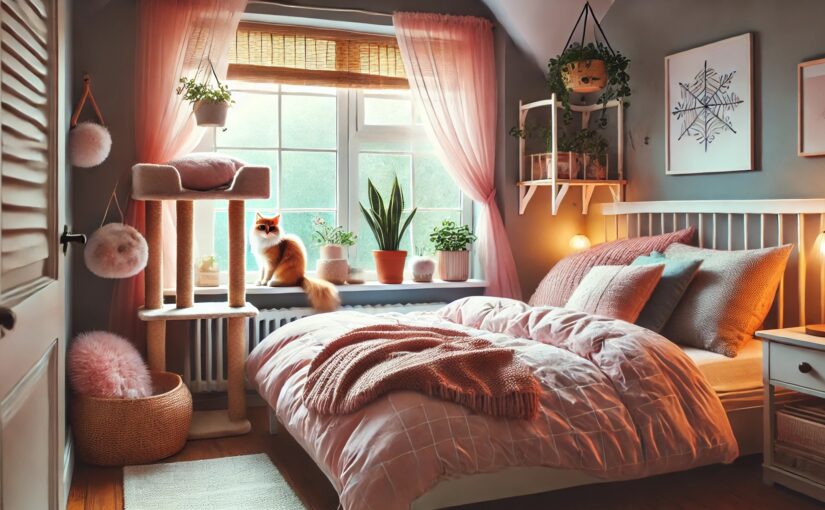Pets are more than just animals; they are beloved members of our families. As such, it’s important to create a home environment that caters to their needs while also being stylish and comfortable for humans. Whether you have a playful puppy, a curious cat, or any other furry friend, here are some fantastic ideas to design a pet-friendly home that both you and your pet will love.
1. Pet-Friendly Flooring
One of the first things to consider when designing a pet-friendly home is the flooring. Pets can be hard on floors, with their claws, accidents, and shedding. Here are some great options:
Hardwood Alternatives: While hardwood floors can be beautiful, they are prone to scratches. Instead, consider laminate or vinyl flooring. These materials mimic the look of wood but are more durable and easier to clean.
Tile and Stone: These materials are incredibly durable and easy to clean, making them ideal for pet owners. Plus, they stay cool, which is perfect for pets in warmer climates.
Area Rugs: If you love the look of carpets, opt for area rugs. They are easier to clean than wall-to-wall carpeting, and you can choose ones with patterns that can hide pet hair and stains.

2. Cozy Pet Nooks
Pets love having their own special places to relax. Creating cozy nooks for them can make your home more comfortable for everyone.
Built-In Pet Beds: Consider building a pet bed in unused spaces, like under the stairs or in a corner. This can save space and give your pet a designated area to relax.
Window Perches for Cats: Cats love to observe the outside world. Installing a window perch can give your cat a comfy spot to watch birds, squirrels, and the neighborhood.
Pet Cubbies: Transform a small, unused space into a pet cubby. Add a soft bed, some toys, and maybe even a small curtain for privacy. It’s like a tiny bedroom for your pet!
3. Smart Storage Solutions
Pet supplies can take up a lot of space. Smart storage solutions can help keep your home organized and your pet’s belongings easily accessible.
Hidden Food Stations: Create a pull-out drawer or cabinet for pet food and water bowls. This keeps them out of sight when not in use and prevents spills from getting on your floors.
Toy Storage: Use stylish baskets or bins to store your pet’s toys. You can place these in a corner or under a coffee table for easy access.
Leash and Accessory Hooks: Install hooks near the door for leashes, collars, and other accessories. This keeps everything in one place and makes getting ready for walks quick and easy.
4. Pet-Safe Plants
Plants can brighten up your home, but some are toxic to pets. Choose pet-safe plants to ensure your furry friends stay healthy.
Safe Plants: Some pet-safe options include spider plants, Boston ferns, and African violets. These plants can add a touch of green without posing a risk to your pets.
Vertical Gardens: If you’re short on space, consider a vertical garden. This keeps plants out of reach of curious pets while still adding greenery to your home.
Artificial Plants: If you’re worried about your pets getting into your plants, artificial ones can be a great alternative. They look real but won’t harm your pets if chewed on.
5. Outdoor Spaces
If you have a yard, it can be a paradise for your pet with a few thoughtful touches.
Secure Fencing: Make sure your yard is securely fenced so your pets can play safely. This is especially important for dogs, who might otherwise wander off.
Pet Play Areas: Create designated play areas with pet-safe toys, agility equipment, and shaded spots for rest. This keeps your pets entertained and gives them a place to burn off energy.
Water Features: Consider adding a small water feature, like a pet fountain or a shallow pond. Many pets love playing in the water, and it can help keep them cool in the summer.

6. Safety and Comfort
Ensuring your home is safe and comfortable for your pets is essential. Here are some tips:
Temperature Control: Pets can be sensitive to extreme temperatures. Make sure your home stays cool in the summer and warm in the winter. Consider a pet-friendly heating pad or cooling mat.
Pet Gates: Use pet gates to block off areas that might not be safe for your pets, like staircases or certain rooms. This helps prevent accidents and keeps them in secure areas.
Emergency Plan: Have an emergency plan in place that includes your pets. Make sure you have carriers, food, and medical supplies ready in case you need to leave your home quickly.
7. Fun and Enrichment
Keeping your pets mentally and physically stimulated is important for their well-being.
Interactive Toys: Provide a variety of toys that encourage active play, such as puzzle feeders, laser pointers, and fetch toys. This keeps your pets engaged and entertained.
Scratching Posts and Climbing Trees: For cats, scratching posts and climbing trees are essential. They help keep claws healthy and provide a place to play and rest.
Pet-Friendly Furniture: Choose furniture that can withstand your pet’s activity. Look for scratch-resistant materials and furniture covers that are easy to clean.
Conclusion
Designing a pet-friendly home doesn’t mean sacrificing style or comfort. With these creative ideas, you can create a space that you and your pet will love. From cozy nooks and smart storage solutions to pet-safe plants and engaging play areas, there are countless ways to make your home a haven for your furry friends. So, get inspired and start transforming your home into a pet paradise today!



